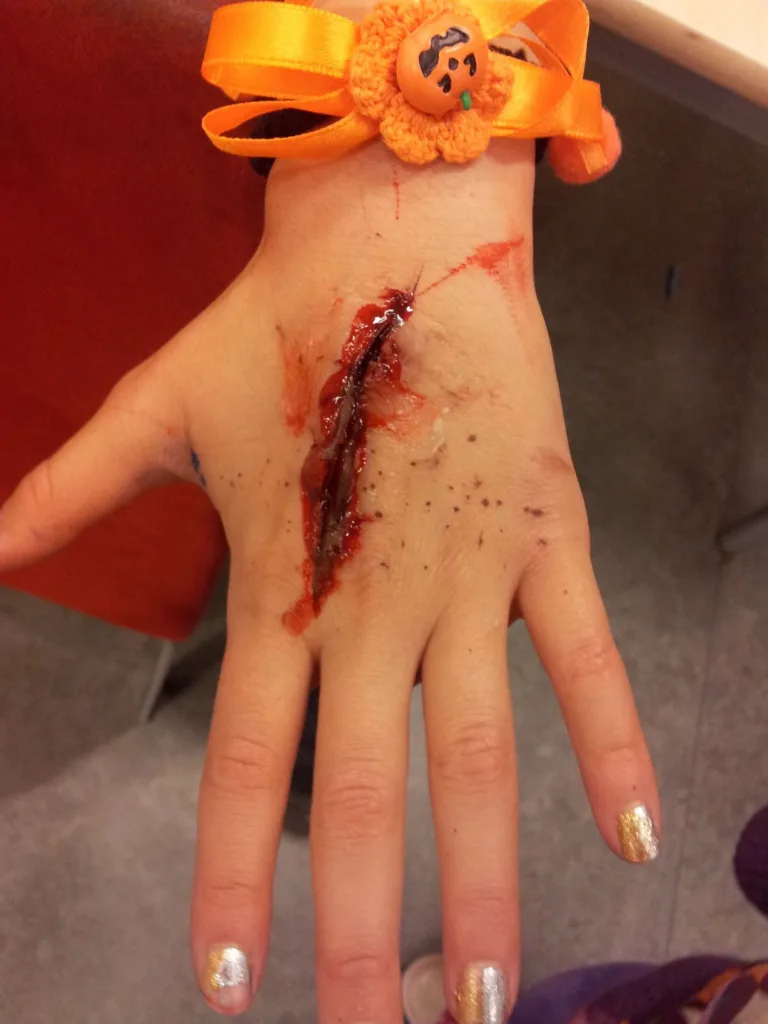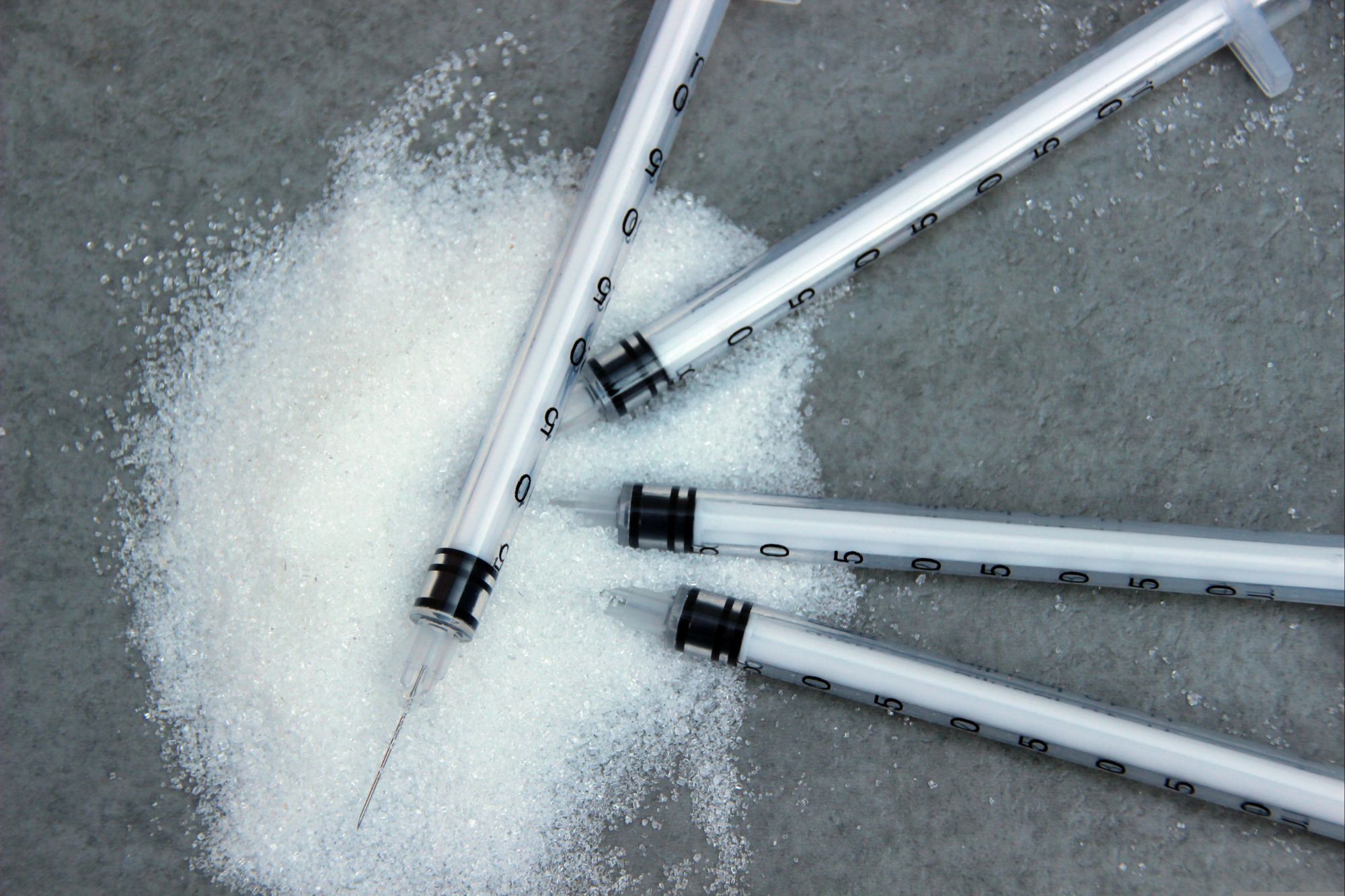Diabetes and Wound Healing: Essential Facts You Must Know
Table of Contents

The Impact of Diabetes on Circulation
Diabetes, particularly when poorly managed, has profound effects on the body, one of which is the impairment of circulation. Elevated blood sugar levels over time can damage blood vessels, leading to a condition known as diabetic angiopathy. This damage compromises the integrity and functionality of the blood vessels, resulting in reduced blood flow throughout the body. Inadequate circulation has significant implications for the healing of wounds, as it directly affects the delivery of vital nutrients and oxygen required for tissue repair.
When circulation is poor, the efficiency of the healing process diminishes, as wounds become deprived of essential components necessary for recovery. Oxygen is crucial for cellular metabolism and energy production, while nutrients, such as vitamins and proteins, are vital for the formation of new tissues. The diminished delivery of these elements means that even minor injuries can become severe complications in diabetic patients, leading to an increased risk of infection and delayed healing.
Additionally, the physiological changes that accompany chronic high blood sugar levels, such as inflammation and nerve damage, further exacerbate circulation issues. Neuropathy, commonly noted in diabetic patients, can lead to a loss of sensation, which may result in unrecognized injuries. The combination of impaired blood flow and a lack of awareness can create a dangerous cycle where wounds worsen due to neglect and insufficient healing response.
Given these factors, managing blood sugar levels is paramount not only for overall health but also for optimizing wound healing. Effective glucose control can help maintain healthy blood vessels and promote adequate circulation, ensuring that wounds can heal efficiently. By understanding the intricate relationship between diabetes, circulation, and wound healing, patients can be better equipped to manage their condition and minimize related complications.
Neuropathy and Its Role in Delayed Healing
Diabetic neuropathy is a common complication of diabetes that results from nerve damage caused by prolonged high blood sugar levels. This condition significantly impairs an individual’s ability to notice injuries or wounds, particularly in the extremities such as the feet and hands. Loss of sensation can lead to a failure to recognize injuries, increasing the risk of undetected wounds that could escalate into severe complications.
The consequences of this lack of awareness can be dire; minor injuries can worsen due to continued pressure or movement without the proper attention that a healthy sensory function would typically provide. For instance, a small blister can develop into an ulceration, requiring extensive medical intervention. This underscores the necessity for individuals with diabetes to conduct regular self-examinations and seek professional assessments of their feet to detect issues early. Routine foot examinations can aid in preventing conditions that stem from diabetic neuropathy, allowing for timely interventions.
Moreover, individuals with diabetic neuropathy are at a heightened risk for infections. Reduced blood flow and associated immune responses in people with diabetes can hinder the body’s ability to combat pathogens. This susceptibility, coupled with diminished sensation, creates a precarious situation where minor wounds can lead to serious infections. Strategies for managing these risks include maintaining optimal blood glucose levels, wearing appropriate and protective footwear, and adopting a proactive approach in daily foot care routines.
Overall, understanding the implications of neuropathy on wound healing can significantly enhance the quality of care for individuals with diabetes. Awareness and early detection play crucial roles in preventing complications, ultimately promoting better health outcomes for patients affected by this chronic condition.
Immune Function and Tissue Repair in Diabetes
Individuals living with diabetes often experience a compromised immune response, which significantly impacts their ability to heal wounds. The immune system plays a crucial role in tissue repair, as it facilitates the body’s natural defense mechanisms against infections that can arise from wounds. In diabetic patients, this weakened immune response delays the healing process and can lead to more severe complications.
One of the critical factors affecting tissue repair in diabetes is decreased collagen production. Collagen serves as the primary structural protein in the body, essential for maintaining the integrity of skin and other tissues. In diabetes, the alteration in metabolic processes leads to lower levels of collagen synthesis. Consequently, this reduction impairs the structural framework necessary for wound healing, making it difficult for the skin to regenerate and strengthen after injuries.
Additionally, angiogenesis, which is the formation of new blood vessels, is also adversely affected in diabetic patients. Adequate blood supply is vital for delivering oxygen and nutrients to the damaged tissues. The decreased ability to promote angiogenesis results in insufficient blood flow to the wound site, ultimately hindering the healing process. This lack of oxygen can perpetuate a cycle of poor healing and increased risk of infection, compounding the challenges faced by diabetic individuals.
Moreover, a weakened immune system leaves diabetic individuals more susceptible to infections. When wounds become infected, they prolong the healing time and may necessitate more intensive medical interventions. To mitigate these risks, it is crucial for individuals with diabetes to adopt preventive measures. Strategies such as maintaining optimal blood glucose levels, engaging in regular physical activity, and consuming a balanced diet rich in nutrients can support immune function and promote effective tissue repair.
Best Practices for Wound Care in Diabetic Patients
Diabetes significantly impacts the body’s healing processes, making effective wound care essential for individuals managing this condition. One of the primary strategies for promoting faster healing is maintaining stable blood sugar levels. Fluctuations in glucose can hinder circulation and impair the body’s natural ability to heal wounds. Patients are advised to monitor their blood sugar regularly and adhere to their prescribed medication regimens, including insulin when necessary, to achieve better control and support healing.
Hydration is another critical factor in wound healing for diabetic patients. Adequate fluid intake ensures optimal blood circulation, which is essential for transporting nutrients and oxygen to injured tissues. Dehydration can exacerbate complications associated with diabetes, leading to increased healing time. Therefore, it’s recommended that individuals drink plenty of water throughout the day and consider consulting a healthcare professional to determine the right hydration levels based on personal health needs.
Good hygiene practices play a vital role in wound care. Diabetic patients should gently clean wounds using sterile saline solutions, which help to remove debris without causing irritation. It is essential to avoid using alcohol or hydrogen peroxide on diabetic wounds as these can damage tissues and prolong healing. Regular inspection of wounds is also necessary; patients should monitor for signs of infection, such as increased redness, warmth, or discharge. If a wound does not show signs of healing within a few days or exhibits worsening symptoms, seeking medical attention promptly is advised.
Empowering individuals with diabetes to take proactive steps in wound management is crucial. Regular check-ups with healthcare providers are essential, as they can offer tailored advice and timely interventions that may prevent potential complications, thus ensuring better health outcomes.

